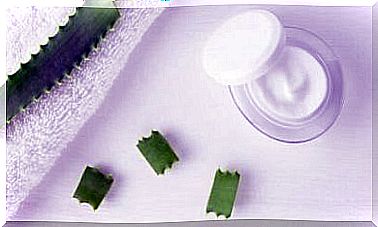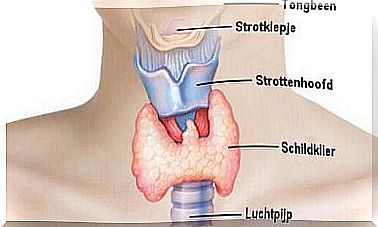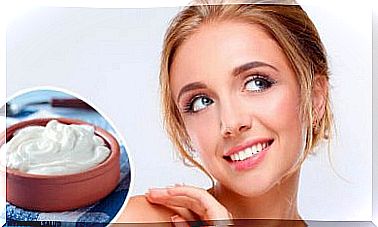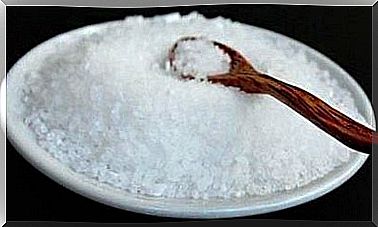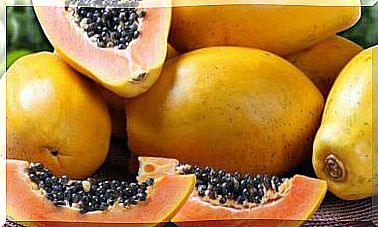Treat Superficial Mycoses Naturally

Superficial mycoses are fungal skin infections that can manifest anywhere on the body and at any age. However, they are more common on the scalp, genitals and nails. The toenails are especially sensitive to this.
In this article, we share seven homemade remedies to potentially treat superficial mycoses naturally. You can choose the one you find most interesting or also combine and alternate them for better results.
Remedies for superficial mycoses
1. Essential Tea Tree Oil
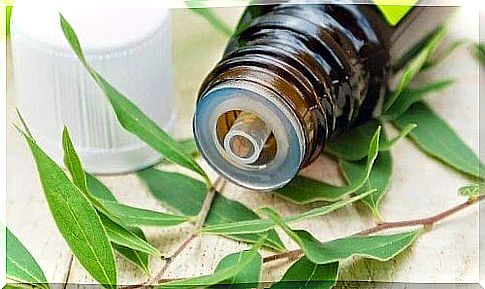
This is one of the most popular remedies against superficial mycoses. It is a common ingredient in natural cosmetic recipes to fight acne and dandruff, as well as candidiasis and cystitis.
This oil can be very irritating, so you should avoid applying it to sensitive areas or mucous membranes. You can also dilute it in coconut oil, which may also have anti-fungal properties.
2. Essential Oregano Oil
This essential oil is extracted from the aromatic oregano plant. It can be very effective due to its potential antibiotic and antifungal properties. It is very suitable for oral use, as long as the label states this.
- You can combine it with essential tea tree oil or drink it as well. In that case, take a drop of this oil diluted in a teaspoon of oil or honey three times a day.
3. Ginger
Ginger can be a remedy for multiple health problems. It can also help eliminate certain types of bacteria and fungi without side effects.
You can apply ginger essential oil or also prepare a ginger infusion bath. This remedy can be very helpful for fungal infections of the hands and feet. You can also apply its fresh juice.
4. Propolis
Propolis is one of the best natural antibiotics to help prevent and treat all types of infections. Plus, it can also kill fungi, as it’s the ingredient bees use to keep their nests sterile.
You can combine oral and topical propolis treatments to get rid of superficial mycoses:
- Topical: apply directly to the affected area. We recommend that you choose an alcohol-free propolis product.
- Oral: Take five drops every three hours until the problem is resolved. As a preventive measure, you can take five drops on an empty stomach every day.
5. Ceylon cinnamon
Cinnamon is a must-have spice. The niacin, thiamine and ascorbic acid it contains can make it a very effective antifungal.
You can use cinnamon essential oil or you can prepare baths with it just like you would with ginger. You can also combine both herbs to enhance their beneficial effect. However, always make sure to choose Ceylon cinnamon, which is the medicinal variety.
6. Garlic
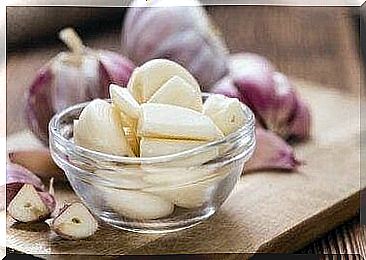
Garlic can be a great treatment for superficial mycoses as it is potentially a very potent antibiotic and antifungal. You can apply it topically or eat it raw. If eating is difficult for you, buy garlic capsules.
7. Aloe Vera
Finally, aloe vera is another must-have product as it can potentially help treat a variety of health conditions. In addition, it is also a very practical ingredient to add to all kinds of cosmetics and natural products.
Aloe vera is also easy to apply because of its texture. You can combine aloe vera with other oils to make an easily absorbable ointment that won’t make your skin greasy.

